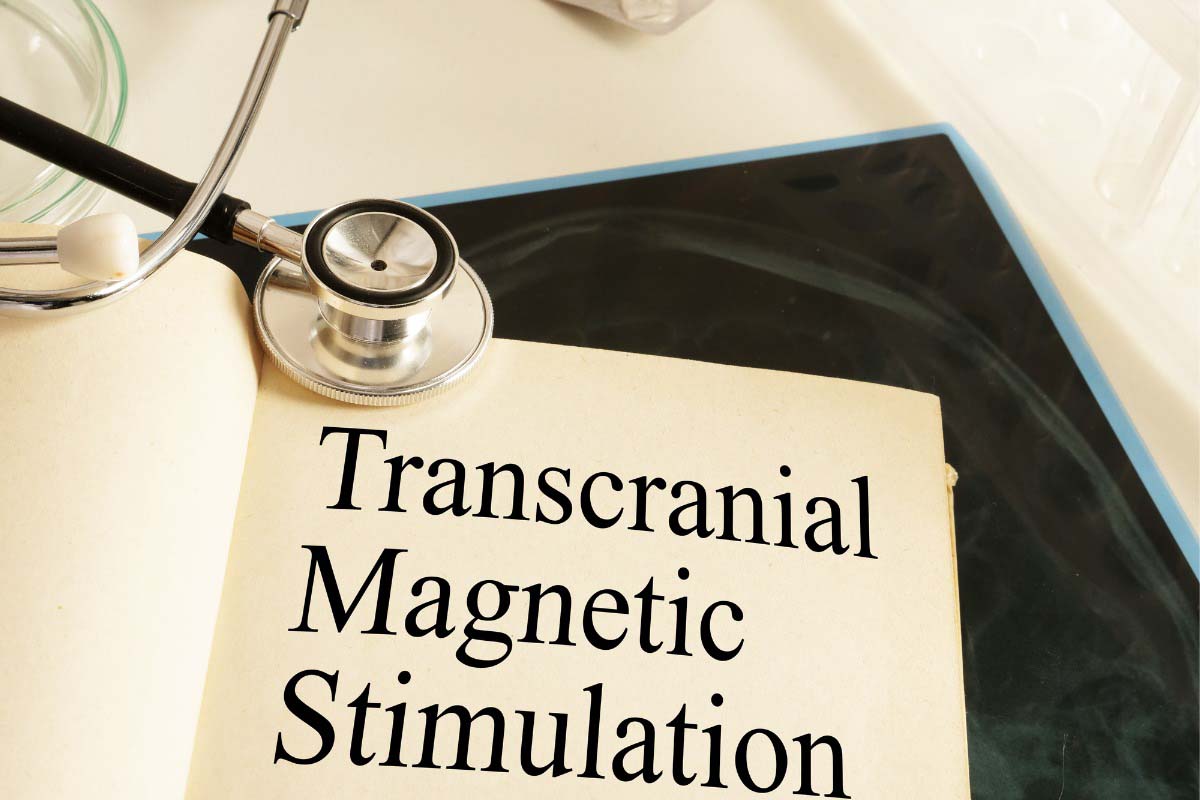Objective: Comparison of tardive dyskinesia (TD) prevalence during contemporaneous treatment with first-generation antipsychotics (FGAs) and/or second-generation antipsychotics (SGAs).
Data Sources: PubMed/MEDLINE/Google Scholar search (January 1, 2000-September 30, 2015) without language restriction using (tardive dyskinesia OR tardive) AND (antipsychotic*) plus specific names of SGAs.
Study Selection: Of 8,895 hits, we screened 203 full-text articles for cross-sectional, rating scale-based TD rates during SGA, FGA, or FGA+SGA treatment. Forty-one studies were used for random effects meta-analysis and meta-regression.
Data Extraction: Two authors independently extracted data on overall and antipsychotic class-wise TD rates and on TD moderators.
Results: The global mean TD prevalence was 25.3% (95% CI = 22.7%-28.1%) across all 41 studies (N = 11,493, mean age = 42.8 years, male = 66.4%, schizophrenia-spectrum disorders = 77.1%). TD prevalence varied greatly: Rates were lower with current SGA treatment (20.7%; 95% CI = 16.6%-25.4%, N = 5,103) vs current FGA treatment (30.0%; 95% CI = 26.4%-33.8%, N = 5,062; Q = 9.17, P = .002). This difference remained significant after controlling for moderators: higher age (Z = 2.85, P = .004; number of studies = 39 ) and region (39 studies; Asia vs Europe, Z = 1.55, P = .12; Asia lower than United States, Z = 2.6, P = .009; Asia lower than other regions, Z = 2.42, P = .015). Additional moderators of TD prevalence included longer illness duration (R2 = 0.15; P = .03; 21 studies) and frequency of parkinsonism (R2 = 0.23, P = .017; number of studies = 19). Particularly low TD prevalence (7.2%; number of studies = 4) was found in the treatment arms with FGA-naive subjects relative to SGA-treated cohorts with likely prior FGA exposure (23.4%; P < .001; 28 studies). Lower TD prevalence of SGA relative to FGA was also confirmed in the subgroup of studies reporting on ≥ 2 antipsychotic classes/combinations; this was found for both SGAs vs FGAs (risk ratio = 0.80; 95% CI = 0.67-0.95, Z = −2.55, P = .011) and FGA + SGA vs FGAs (risk ratio = 0.80, 95% CI = 0.71-0.90, Z = −3.56, P < .001). Reports on TD severity, provided by 10 studies, were of insufficient quality for meta-analysis.
Conclusions: Rating scale-based TD remains highly prevalent, with higher rates during FGA than during SGA treatment. However, TD severity was insufficiently reported to allow for interpretation of the clinical impact of identified TD cases with SGAs and FGAs. Reasons for high geographical variation warrant future research.
Continue Reading...
Did you know members enjoy unlimited free PDF downloads as part of their subscription? Subscribe today for instant access to this article and our entire library in your preferred format. Alternatively, you can purchase the PDF of this article individually.
Members enjoy free PDF downloads on all articles.
Save
Cite
Already a member? Login
Advertisement
GAM ID: sidebar-top




